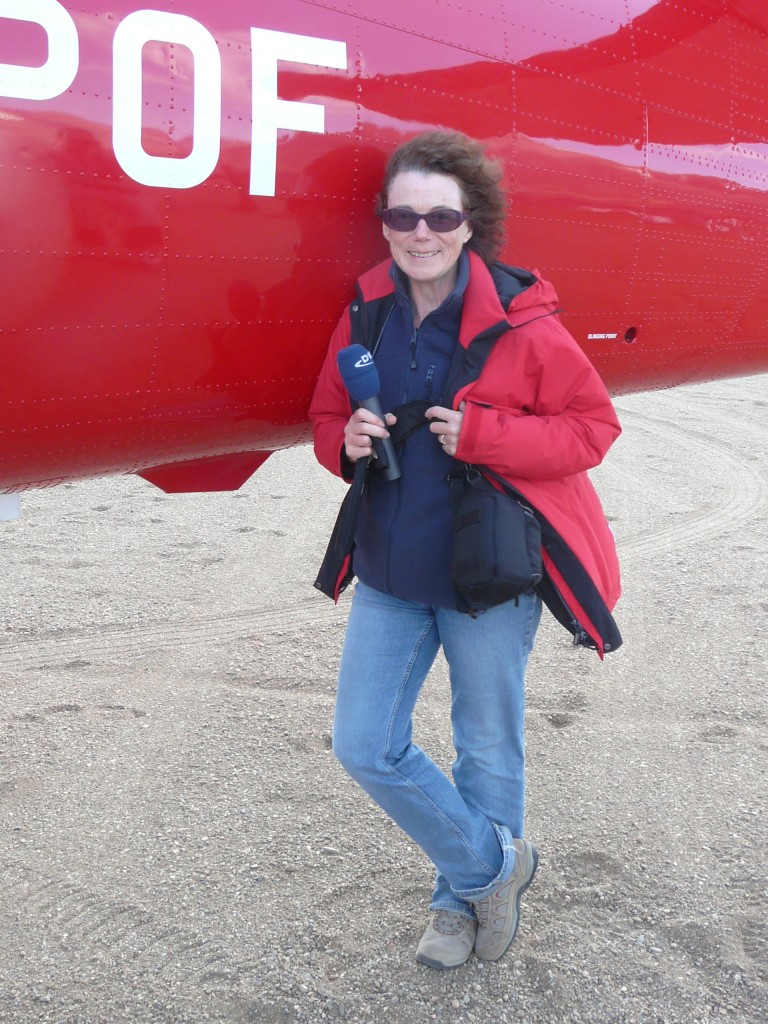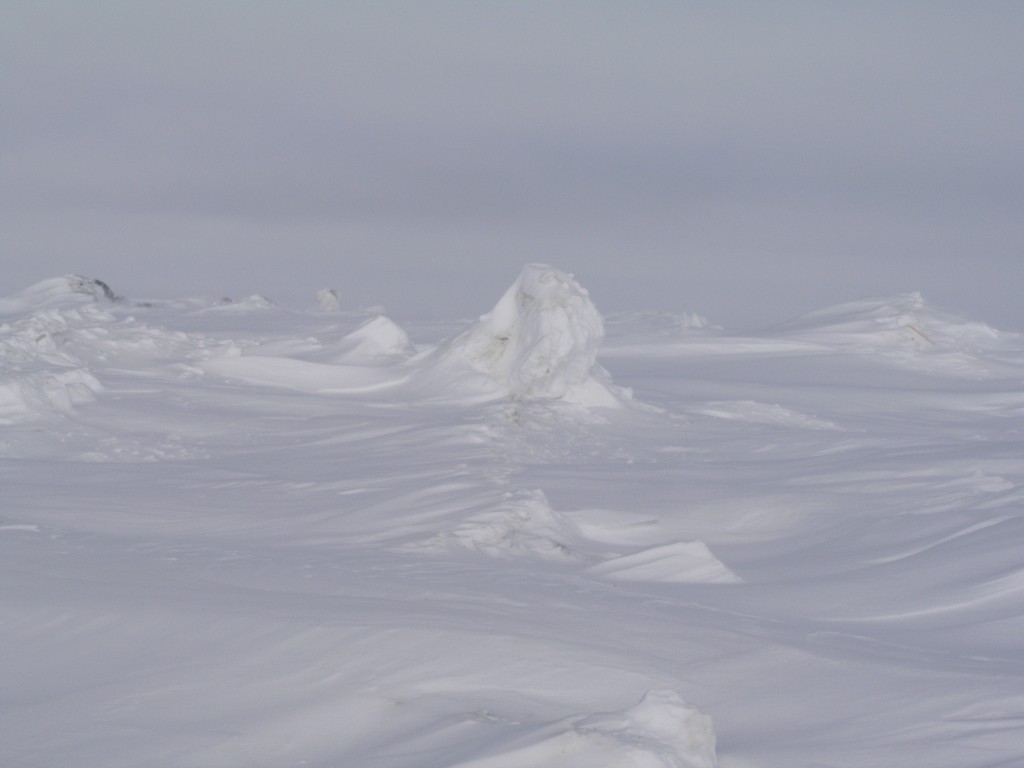Climate change and the polar vortex
If you live in one of the North American areas hit by the latest big freeze, you may well have been hearing someone say “so much for global warming” over the last week or so. If you live on this side of the Atlantic, you might have been tempted to worry more about climate change if you were being battered by storms or gales. Then there are those here in Germany saying “give me more of this warming”, with the birds tweeting and the bushes blooming as if we were already in the middle of spring.
Polar vortex and jet stream
The weather experts say the extreme cold spell in North America was caused by a mixture of a strong north wind and changes to what is known as the “polar vortex”. This has indeed become a kind of buzzword over the last few days. It refers to a large area of cold air swirling above and around the North Pole. Normally it is fenced in by the jet stream, a stream of air which flows from west to east and normally transports the cold air from Canada to Greenland, Siberia and back to Alaska.
Under certain meteorological conditions some of this polar air can make its way much further south. In this particular instance, the weather experts tell us an area of high pressure in the west of the USA met with a low above the east of the country. This resulted in a strong north wind, bringing cold air down from the North Pole. At the same time, an area of high pressure over Siberia was pushing large masses of polar air further south than usual. Weather experts describe what is happening as “waves” in the jet stream. Instead of flowing straight around an oval-shaped area of cold air around the Pole, it moves in waves, allowing icy polar air to escape south in places.
Towards the middle of this past week, an area of high pressure above the south-eastern USA pushed warm air from the Gulf of Mexico northwards. The Arctic air started to withdraw and temperatures increased again.
Spring in January
Meanwhile, over here on the other side of the Atlantic, temperatures have been more like springtime. These two contrasting weather patterns are not unrelated. The cold air from North America has been streaming out over the Atlantic, where the warmer ocean temperature heats it up. Resulting temperature differences between north and south then resulted in powerful areas of low pressure, which brought storms and flooding to the British Isles around the turn of the year and westerly winds to Germany, bringing unusually mild temperatures for the time of year.
Climate change in action?
It is impossible to say for sure that the weird weather we have been experiencing is caused by climate change. Climate experts say they need records of a period of at least 30 years to draw conclusions about climate trends. The US meteorology office NOAA confirms, though, that the jet stream has become much more variable than before over the last five years. Climatologists and polar experts have been warning for a long time that the rapid warming of the Arctic could well result in cold periods in other regions. The decline of the sea ice and snow cover towards the end of autumn are warming the ocean. The difference between temperatures in the Arctic and those at mid-latitudes, which help drive the jet stream, is becoming smaller. Scientists say this could well be responsible for the wavy patterns of the jet stream which play a key role in determining the weather.
More cold spells through global warming
This morning, I found an email from the White House in my in-box with a two-minute video providing an explanation of the polar vortex and how it relates to climate change. Yes! The White House has sprung into action to counteract the impression being put about in a lot of media that the big freeze could disprove the theory that the earth is warming. Dr. John Holdren, Director of the White House Office of Science and Technology Policy, says in the video: “A growing body of evidence suggests that the kind of extreme cold experienced by much of the United States is a pattern we can expect to see with increasing frequency as global warming continues”. Holdren stresses that the extreme cold period does not mean the planet as a whole is not heating up, as some have been suggesting. The climate will always be subject to natural variability.

Back to Greenland 2014? Ice blogger shelters from the wind at Zackenberg station, High Arctic Greenland (Pic: I.Quaile)
Experts from leading research institutes such as the Potsdam Institute for Climate Impact Research (PIK) expect the variability to increase as the earth warms. The Intergovernmental Panel on Climate Change (IPCC) and the World Bank expect the number of extreme weather events to increase as the climate changes. PIK experts say the number of these events, including droughts, storms and flooding, has more than doubled in the last thirty years. That is a long enough period to convince scientists that these are the result of climate change.
Yes, there has been a lot of weird weather about. And the chances are we will have to get used to the weather being – well, not always like the weather we were used to.
Happy New Year everybody!
















